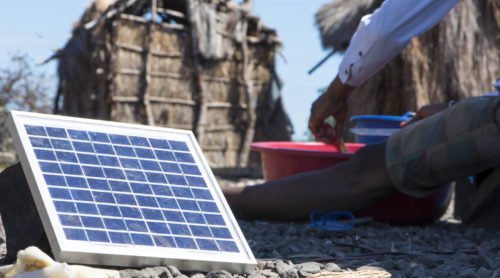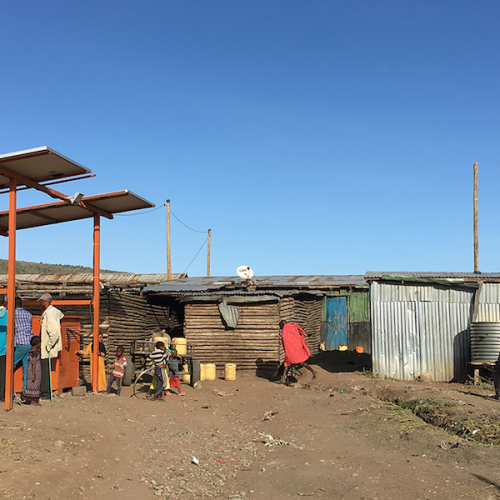
Africa

Accelerating Sustainable Electricity Access in Sub-Saharan Africa
A team from Rocky Mountain Institute is working in sub-Saharan Africa to address barriers to sustainable electricity access. Since September of last year, we have been working with an African government to find ways to achieve ambitious electricity access targets using a combination of on- and off-grid resources. Although providing…